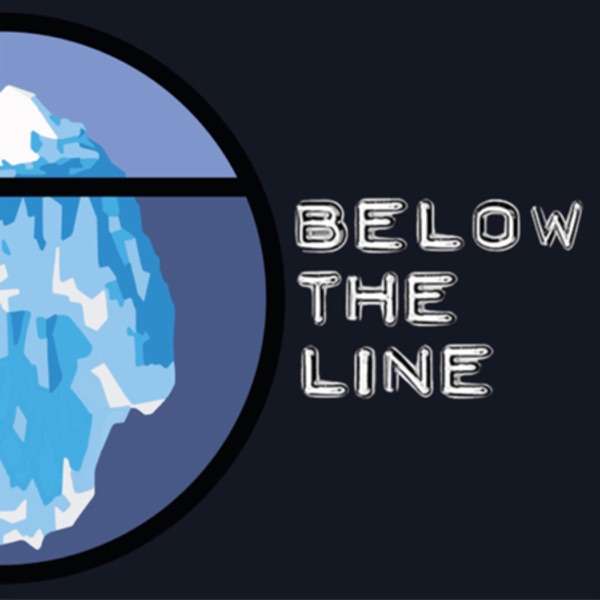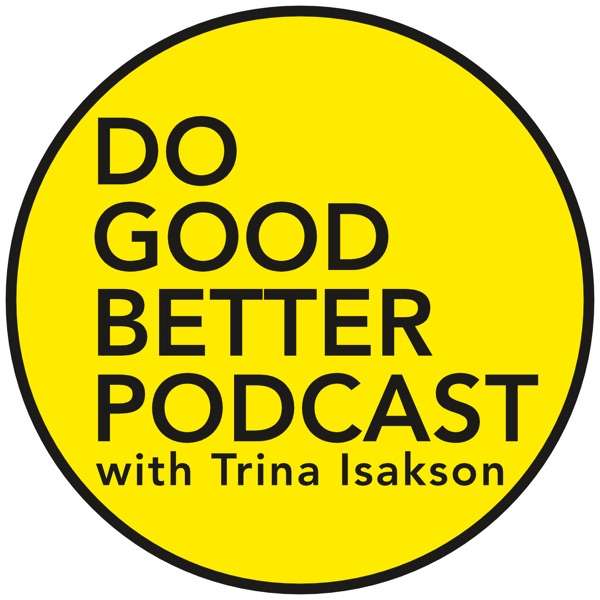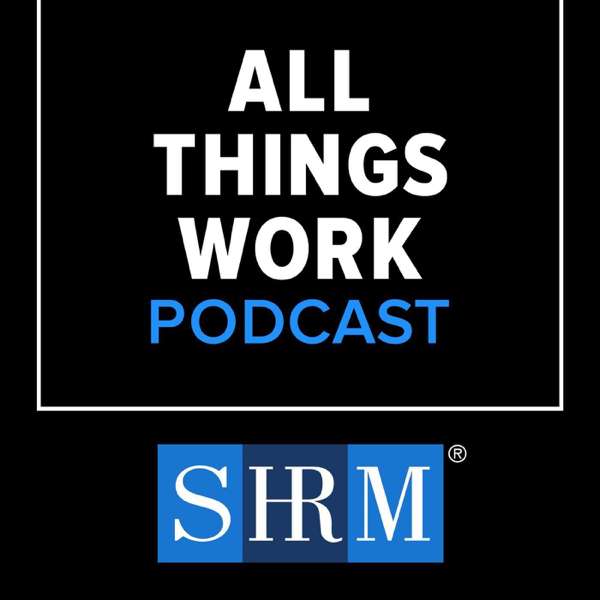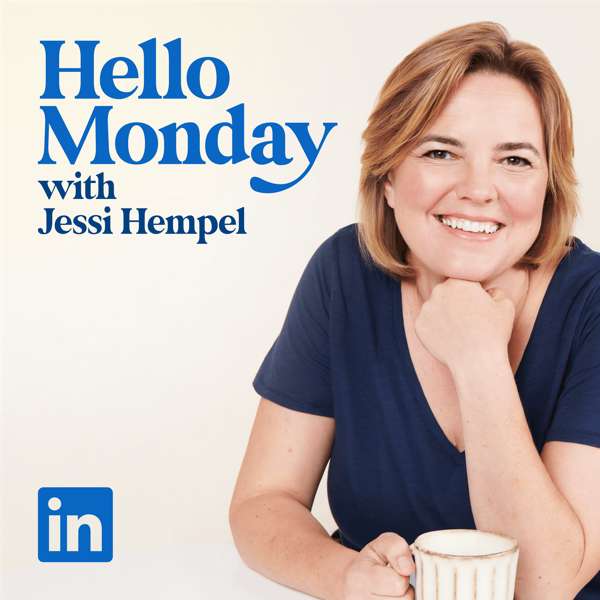Gabe Cooper, Virtuous' CEO and founder joins The Responsive Fundraising Podcast to discuss what we can glean from the events of 2020 and how fundraisers should pivot to maximize the potential of 2021.
2020 has been a year of ma
Gabe Cooper, Virtuous' CEO and founder joins The Responsive Fundraising Podcast to discuss what we can glean from the events of 2020 and how fundraisers should pivot to maximize the potential of 2021.
2020 has been a year of massive change for nonprofits. From entire teams going remote overnight, to a chaotic election season, to a civil rights movement driving systemic change, to the devastating impact of COVID-19, everything has changed.
During the discussion Gabe shares six fundraising strategies nonprofit teams can carry forward into 2021.
6 Fundraising Strategies To Help You Grow
1) You must know your donors. And in order to know them, you must listen.
One of the silver linings of 2020 is that nonprofits are increasingly committed to better listen to donors. When COVID-19 hit our shores and lockdowns began, a lot of fundraisers wondered if they should even be asking for money. What are my donors thinking? Do they still care about my cause? These questions inevitably raised a larger existential question: why don't we already know what our donors are thinking? Why don't we have an open line of communication with our donors already?
Many leading nonprofits have quickly pivoted in 2020 to better listening to donors and trying to build more authentic relationships. Giving to a great cause is deeply personal and requires a two-way relationship. If you don't have that personal relationship, then generosity is never going to happen at scale. Most nonprofits have a direct connection to major donors but "everyday" small and mid-tier donors are often just a name in the database. To create predictable generosity and impact, nonprofits can't afford to abandon the everyday donor. They must strive to adopt systems and strategies that listen to the needs of donors at scale and treat every donor personally. The more you listen, the more you begin to understand areas of interest, giving opportunities, and how each person wants to connect with the cause. Responsive fundraising is fueled by these signals and equips you to deepen relationships as you move each donor through a journey with your cause. The increase in generosity we've seen this year can be the new normal, but it does require a commitment to being massively personal and earning trust at scale.
2) Generosity begets generosity.
When you are given an incredible gift, isn't it instinctual to ask "how can I give back?" This truth has to be top of mind for nonprofit. You have to think about how you deliver value to your donors before ever making an ask. Think deeply and carefully about what your donors want. What makes their heart beat faster? What do they get excited about? What are they passionate about? Deliver value around those things. How do you love on your donors and deliver value with no strings attached? If you can do that well you can unlock a new level of generosity.
It's also deeply important to begin breaking down silos at your organization in order to bring your donors closer to the impact of their gift. We work with several organizations that have their program team call donors every month. They don't ask for money; they just say "thank you." They ask if there are any questions they can answer. And then they tell stories about the great work the organization is doing. This makes generosity cultural across the whole organization. COVID has afforded us an opportunity to dismantle silos across organization lines. As a result, many organizations are beginning to shorten the distance between their donors and the good that they're doing in the world. Removing those silos brings the donor in very close.
3) Let 2021 be the year you get educated on donor advised funds and planned giving. We have a massive amount of aging wealth in this country, and many fundraisers don't yet have a robust strategy for planned giving. This has to be a part of your fundraising approach. Be courageous enough as a nonprofit to have that conversation about donor advised funds, planned giving options, and tactics to protect wealth that enable more generous giving.
We live in a tech-driven world where social feeds, news feeds, and web/email experiences are hyper-personalized to our individual interests or community. We've seen platforms like GoFundMe leverage this personalized, community-driven technology to create a new kind of giving experience – because it's so much easier to give to a family down the street that's hurting than it is to give to some big nameless, faceless organization. Leading nonprofits are now acknowledging this change in the way donors are choosing to give. And then stepping in to create more personal experiences for their constituents. The organizations that flourish in 2021 and beyond are the ones that are able to create those more personal relationships at scale, not just with major donors, but with all donors.
4) Don't let the crisis go wasted. Crisis is a great driver of innovation. This is a great time to reset, to make some hard decisions, and put ourselves on a trajectory for flourishing in the next decade. It's been really exciting to see organizations that were previously stuck, but are now focused on making innovative changes to move their cause forward. Before this year, their donor retention was slightly worse than their new donor acquisition. They were losing five percent a year and scared to death of change. COVID has been a wake up call. They've been forced to innovate. They're listening to their donors. And they've righted the ship. If your organization hasn't taken this important step, take this moment to step back and ask hard questions about the changes needed to increase your impact.
5) Double down on your efforts to generate sustainable revenue. If you want to make a predictable, sustainable difference in the world, you have to have predictable, sustainable revenue. And you don't get predictable, sustainable revenue from one-off big checks. You get predictable, sustainable revenue from an army of several thousand donors giving $100 a month. I want to challenge you to create monthly giving products that deliver value to the donor and help them engage. Donors who are excited to give $100 a month for the next ten years create a predictable mechanism for sustained impact. Not only do monthly giving products create predictable, sustainable revenue, they also build an army of advocates for your cause. There's nothing like an army of several thousand donors who just won't shut up about the difference they are making through your organization.
6) Plan out your strategy, but do it with a pencil, not a pen. 2020 has served as one giant reminder that we don't know what awaits us. It's important to have a strategy, but we need to hold our plans loosely while we start executing. Waiting for the pandemic to be over is not the right solution. You have to be courageous enough to act now to make strategy changes.
It's time to act. Create a best case plan and a worst case plan. Then think carefully about your expenses and your staff, knowing that you can go with the worst case plan, if necessary. Align your team around big goals to accomplish on a quarterly basis. In our changing world, a quarterly cadence of setting big, hairy, audacious goals, and then having the permission to reset those goals quarterly is a really healthy way to approach 2021.
2020 has tested us all, not least of which nonprofits and fundraisers. But if you can sift through the challenges, find the lessons, and apply them to 2021, then the sky is really the limit for your organization. Let's go change the world.
https://www.virtuous.org/blog/2021-fundraising-strategies/ https://www.linkedin.com/in/gabecooper/
ssive change for nonprofits. From entire teams going remote overnight, to a chaotic election season, to a civil rights movement driving systemic change, to the devastating impact of COVID-19, everything has changed.
During the discussion Gabe shares six fundraising strategies nonprofit teams can carry forward into 2021.
6 Fundraising Strategies To Help You Grow
1) You must know your donors. And in order to know them, you must listen.
One of the silver linings of 2020 is that nonprofits are increasingly committed to better listen to donors. When COVID-19 hit our shores and lockdowns began, a lot of fundraisers wondered if they should even be asking for money. What are my donors thinking? Do they still care about my cause? These questions inevitably raised a larger existential question: why don't we already know what our donors are thinking? Why don't we have an open line of communication with our donors already?
Many leading nonprofits have quickly pivoted in 2020 to better listening to donors and trying to build more authentic relationships. Giving to a great cause is deeply personal and requires a two-way relationship. If you don't have that personal relationship, then generosity is never going to happen at scale. Most nonprofits have a direct connection to major donors but "everyday" small and mid-tier donors are often just a name in the database. To create predictable generosity and impact, nonprofits can't afford to abandon the everyday donor. They must strive to adopt systems and strategies that listen to the needs of donors at scale and treat every donor personally. The more you listen, the more you begin to understand areas of interest, giving opportunities, and how each person wants to connect with the cause. Responsive fundraising is fueled by these signals and equips you to deepen relationships as you move each donor through a journey with your cause. The increase in generosity we've seen this year can be the new normal, but it does require a commitment to being massively personal and earning trust at scale.
2) Generosity begets generosity.
When you are given an incredible gift, isn't it instinctual to ask "how can I give back?" This truth has to be top of mind for nonprofit. You have to think about how you deliver value to your donors before ever making an ask. Think deeply and carefully about what your donors want. What makes their heart beat faster? What do they get excited about? What are they passionate about? Deliver value around those things. How do you love on your donors and deliver value with no strings attached? If you can do that well you can unlock a new level of generosity.
It's also deeply important to begin breaking down silos at your organization in order to bring your donors closer to the impact of their gift. We work with several organizations that have their program team call donors every month. They don't ask for money; they just say "thank you." They ask if there are any questions they can answer. And then they tell stories about the great work the organization is doing. This makes generosity cultural across the whole organization. COVID has afforded us an opportunity to dismantle silos across organization lines. As a result, many organizations are beginning to shorten the distance between their donors and the good that they're doing in the world. Removing those silos brings the donor in very close.
3) Let 2021 be the year you get educated on donor advised funds and planned giving. We have a massive amount of aging wealth in this country, and many fundraisers don't yet have a robust strategy for planned giving. This has to be a part of your fundraising approach. Be courageous enough as a nonprofit to have that conversation about donor advised funds, planned giving options, and tactics to protect wealth that enable more generous giving.
We live in a tech-driven world where social feeds, news feeds, and web/email experiences are hyper-personalized to our individual interests or community. We've seen platforms like GoFundMe leverage this personalized, community-driven technology to create a new kind of giving experience – because it's so much easier to give to a family down the street that's hurting than it is to give to some big nameless, faceless organization. Leading nonprofits are now acknowledging this change in the way donors are choosing to give. And then stepping in to create more personal experiences for their constituents. The organizations that flourish in 2021 and beyond are the ones that are able to create those more personal relationships at scale, not just with major donors, but with all donors.
4) Don't let the crisis go wasted. Crisis is a great driver of innovation. This is a great time to reset, to make some hard decisions, and put ourselves on a trajectory for flourishing in the next decade. It's been really exciting to see organizations that were previously stuck, but are now focused on making innovative changes to move their cause forward. Before this year, their donor retention was slightly worse than their new donor acquisition. They were losing five percent a year and scared to death of change. COVID has been a wake up call. They've been forced to innovate. They're listening to their donors. And they've righted the ship. If your organization hasn't taken this important step, take this moment to step back and ask hard questions about the changes needed to increase your impact.
5) Double down on your efforts to generate sustainable revenue. If you want to make a predictable, sustainable difference in the world, you have to have predictable, sustainable revenue. And you don't get predictable, sustainable revenue from one-off big checks. You get predictable, sustainable revenue from an army of several thousand donors giving $100 a month. I want to challenge you to create monthly giving products that deliver value to the donor and help them engage. Donors who are excited to give $100 a month for the next ten years create a predictable mechanism for sustained impact. Not only do monthly giving products create predictable, sustainable revenue, they also build an army of advocates for your cause. There's nothing like an army of several thousand donors who just won't shut up about the difference they are making through your organization.
6) Plan out your strategy, but do it with a pencil, not a pen. 2020 has served as one giant reminder that we don't know what awaits us. It's important to have a strategy, but we need to hold our plans loosely while we start executing. Waiting for the pandemic to be over is not the right solution. You have to be courageous enough to act now to make strategy changes.
It's time to act. Create a best case plan and a worst case plan. Then think carefully about your expenses and your staff, knowing that you can go with the worst case plan, if necessary. Align your team around big goals to accomplish on a quarterly basis. In our changing world, a quarterly cadence of setting big, hairy, audacious goals, and then having the permission to reset those goals quarterly is a really healthy way to approach 2021.
2020 has tested us all, not least of which nonprofits and fundraisers. But if you can sift through the challenges, find the lessons, and apply them to 2021, then the sky is really the limit for your organization. Let's go change the world.
https://www.virtuous.org/blog/2021-fundraising-strategies/ https://www.linkedin.com/in/gabecooper/

 Our TOPPODCAST Picks
Our TOPPODCAST Picks  Stay Connected
Stay Connected







